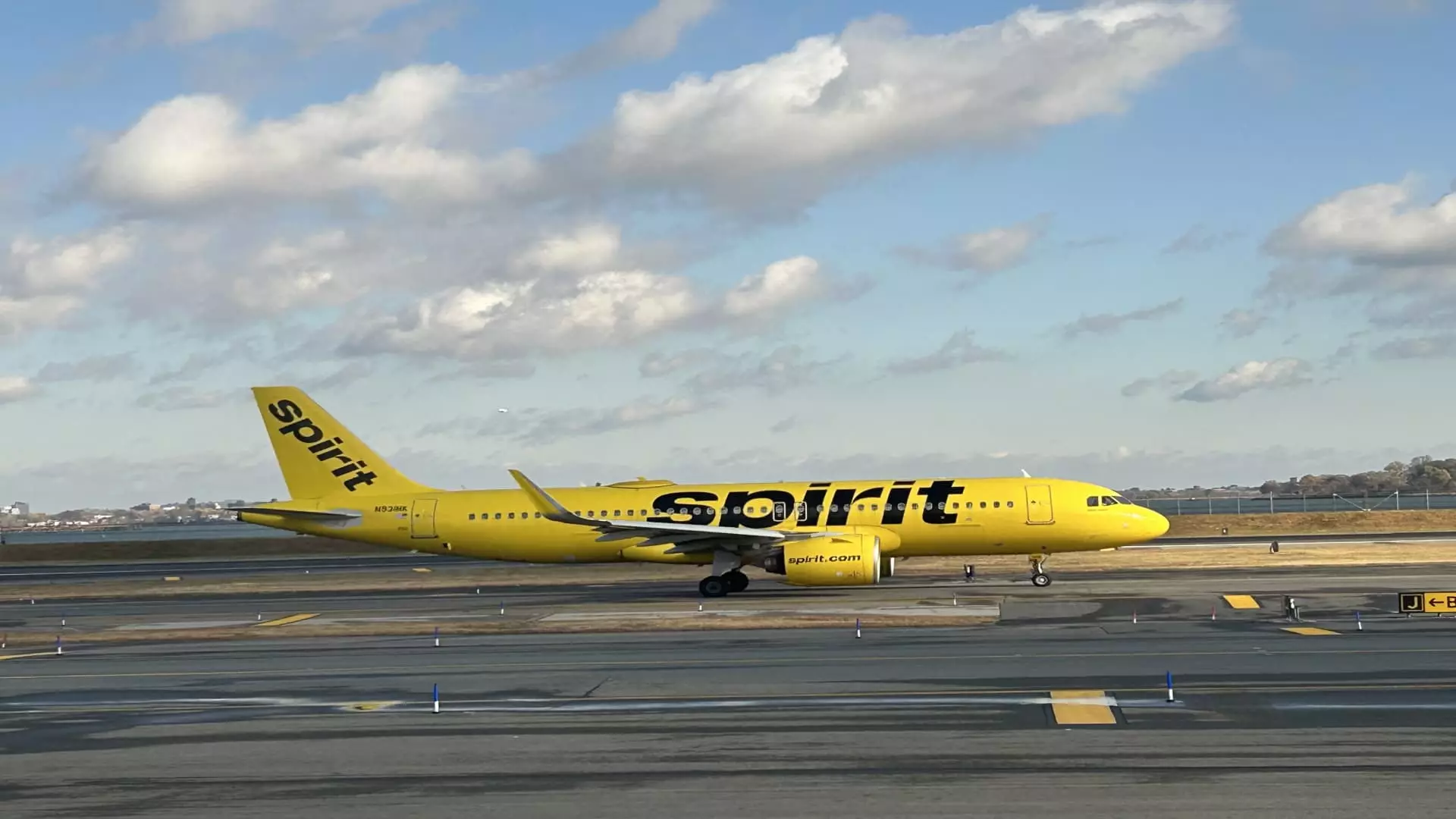In an era marked by unprecedented disruptions, Spirit Airlines finds itself amidst a storm of financial instability and restructuring. After having filed for Chapter 11 bankruptcy protection in November, the airline is taking drastic measures to realign itself and navigate the challenging landscape of the aviation industry. This includes the cutting of approximately 200 jobs, a decision articulated as part of a broader strategy to optimize operations amidst a shrinking market and limited resources.
The decision to eliminate jobs cannot be taken lightly and highlights the severity of Spirit Airlines’ situation. The company reportedly had around 13,000 employees at the time of its bankruptcy filing, with a significant majority being unionized workers. However, the recent cuts primarily target nonunion positions, indicating a focused approach to operational streamlining within the company. This step aligns with Spirit’s intent to restructure its operations in conjunction with a current fleet reduction and lower flying activities. The airline’s candid acknowledgment of its need to “rightsize” reflects a broader trend in the airline industry as carriers grapple with post-pandemic realities.
Factors contributing to Spirit’s struggles are multifaceted. The collapse of its planned merger with JetBlue due to antitrust ruling has significantly impacted its financial footing, limiting growth prospects and exacerbating existing vulnerabilities. Compounding this challenge is the fallout from a Pratt & Whitney engine recall, alongside an increase in labor costs following the pandemic. The combination of these elements has forced Spirit to reconsider its business model aggressively, suggesting a pivotal moment for the airline as it reckons with past missteps.
In response to these pressures, Spirit Airlines has been implementing a series of cost-reduction strategies. Beyond job cuts, the airline has made substantial moves such as furloughing pilots and offering flight attendants optional leaves of absence. In addition to reducing staffing costs, Spirit has taken steps to divest parts of its fleet, including several Airbus airplanes, aimed at raising cash to stabilize its finances. The airline’s commitment to achieving $80 million in annualized cost reductions illustrates a rigorous focus on economic recovery, essential as it prepares to exit bankruptcy proceedings.
Despite the recent turmoil, Spirit Airlines expresses its commitment to emerge from bankruptcy with a renewed operational framework. The airline’s assurances to treat affected employees “with utmost care and respect” during this transition show an awareness of the human cost of corporate decisions. As Spirit navigates these turbulent times, the airline’s adaptability and strategic choices will be critical in determining its future trajectory in the challenging aviation landscape. Whether Spirit can effectively reposition itself to capitalize on market opportunities remains to be seen, but its ongoing endeavors will undoubtedly shape its legacy in the coming years.

